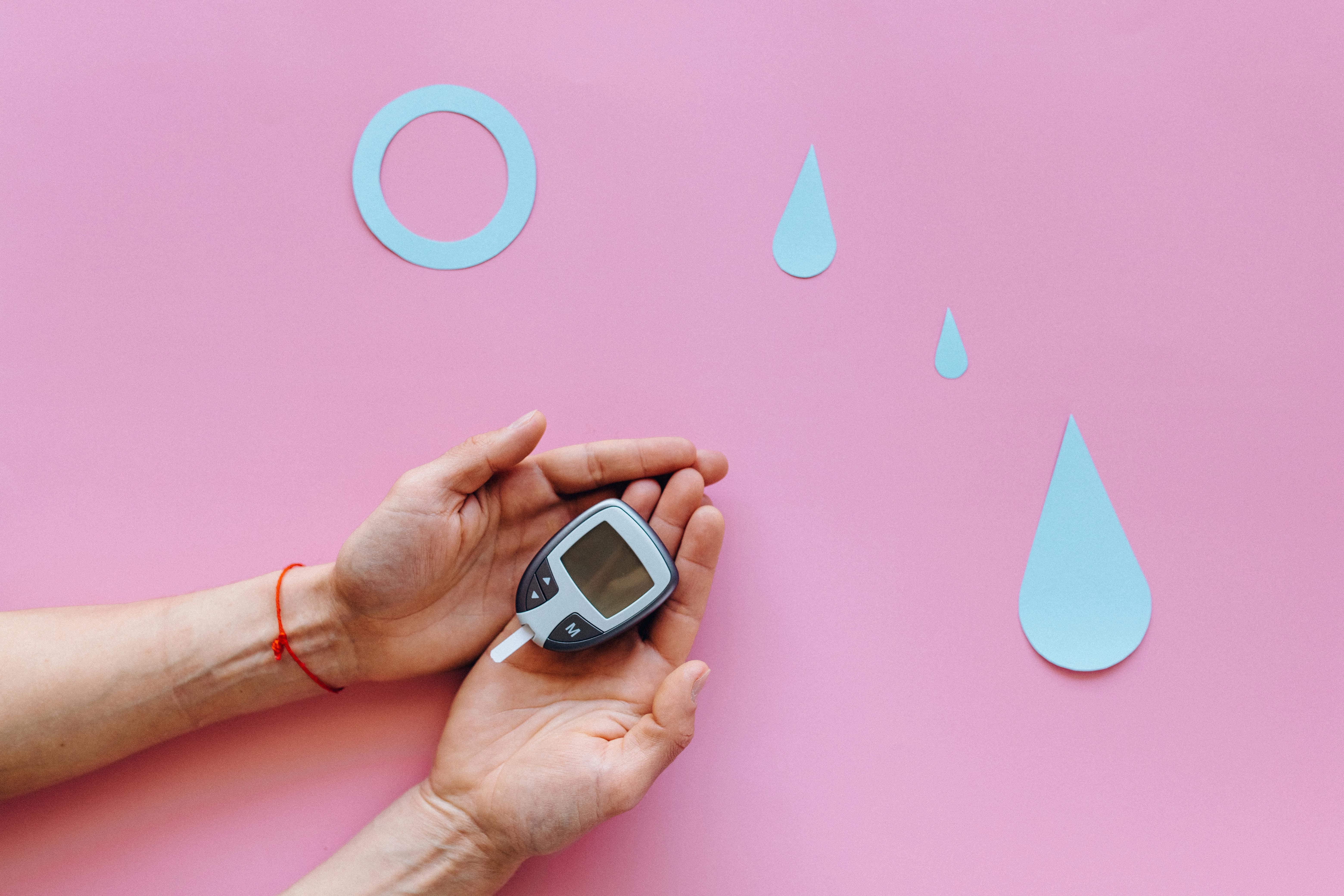Measuring the static water level in your well is an important part of keeping your well in good working order. A well that has inadequate water supply or has been over-pumped can cause serious problems. Knowing the static water level of your well allows you to properly maintain it and ensure that you have enough water for all of your needs. This article will provide tips on how to measure the static water level in your well and why it is important.The static water level in a well is the level of groundwater in an aquifer that is not affected by pumping or other extraction activities. It is the water level that the well would reach if it were not being actively pumped, and it is the natural water table level.
Measuring Static Water Level In Your Well
Measuring the static water level in your well is an important part of understanding and maintaining the health of your well. Knowing the static water level can help you identify potential problems such as low water levels, an inadequate well size, or a failing pump. By measuring the static water level, you can determine the amount of natural underground water available in your well and make informed decisions about how to best manage it.
Having accurate measurements of static water levels can also help you plan for potential future needs. For example, if you need to increase the flow rate of your well, you can use measurements of the static water level to determine how much additional capacity is needed. This information can help you decide on the best type and size of pump for your needs.
In addition to helping you plan for future needs, measuring static water levels also helps ensure that your well is functioning properly. If there are sudden changes in your static water levels, it could be an indication that something is wrong with your well or pump system. Measuring these levels regularly allows you to identify any issues early on and take corrective action before they become more serious problems.
Finally, measuring static water levels in your well can help protect against contamination from surface sources. Surface runoff from nearby land or buildings can carry pollutants into underground aquifers, leading to contamination of your drinking water supply. By monitoring the static water level in your well, you can identify any changes that may indicate contamination and take appropriate action to prevent it from spreading further.
Measuring Static Water Level in a Well
Measuring the static water level in a well is an important task for anyone who relies on that well as a source of water. It is necessary to accurately measure how much water is available in order to properly plan for water usage and conservation. To measure the static water level, you will need certain pieces of equipment.
Rods and Tape Measures
The most basic tools needed to measure the static water level are rods and tape measures. Measuring rods are typically made of metal or fiberglass, and come in lengths ranging from one foot to one hundred feet or more. Tape measures should be waterproof and should measure at least 100 feet in length. Both rods and tape measures should have markings that indicate inches, feet, and tenths of a foot.
Markers
In addition to measuring rods and tape measures, markers are also necessary when measuring the static water level in a well. Markers can be made of steel or other durable materials such as plastic or wood. The markers should be placed at key points along the rods or tape measure so that measurements can be taken accurately between them. Markers can also be used to mark changes in elevation along the sides of the well shaft.
Levels
Levels are also necessary when measuring the static water level in a well. A bubble level should be used along with the measuring rod or tape measure to ensure that measurements are taken accurately. Levels come in different sizes and styles, including hand-held versions or levels that attach directly to the measuring rod or tape measure itself.
Other Equipment
Additional pieces of equipment may also be needed depending on how deep the well is and what type of material it is constructed from. For deeper wells, waders may be necessary so that measurements can be taken at greater depths without having to enter the well shaft itself. Rope may also be required if there are any overhangs present inside of the well shaft which need to be measured around safely and accurately.
By gathering these pieces of equipment beforehand, you will have everything you need for accurately measuring the static water level in your well without any problems or delays.
Measuring Static Water Level in a Well
Measuring the static water level in a well is an important step in understanding the water availability and usage of a particular area. It helps one to determine the amount of water available for consumption or other uses, and can provide valuable information about the overall health of an aquifer or other water supply source. In order to ensure accurate readings, it is important to properly prepare for measuring static water level in your well.
The first step is to check the depth of your well. This can be done using a string or tape measure, or if you have access to a sonar device, you can use that as well. Knowing the total depth of your well will help you estimate how much time it will take to measure the static water level.
Next, you should check your well for any debris that could interfere with measuring the static water level. This includes things like leaves, sticks, stones, and other foreign objects that could interfere with accurately measuring the level of water in your well. If necessary, clear any debris from inside your well before beginning measurements.
Once you have cleared any debris from inside your well and verified its depth, it is time to begin measurements. Start by taking several readings at different depths within your well and write them down on paper or into a computer program designed for collecting this type of data. You should also record any changes in temperature as this can affect the accuracy of your readings.
Finally, note down any unexpected fluctuations in the measured levels and review them with an experienced professional before making any changes based on these measurements. Measuring static water levels can be tricky and it is best to err on the side of caution when making decisions based on these readings.
By following these steps and taking accurate readings, you can ensure that you get reliable information about the amount of available water in your area that can help guide decisions related to water usage and conservation efforts.
Installing the Equipment to Measure Static Water Level in a Well
Measuring the static water level in a well is an important process that can help identify water availability and quality. To measure the static water level, you will need to install specialized equipment in your well. This article provides an overview of the steps you will need to take in order to install the equipment for measuring static water level in your well.
Gather the Necessary Supplies
The first step is to gather all of the necessary supplies that will be needed for installation. This includes a submersible pump, cables, connectors, and any other items that are required for the installation process. You may also need to purchase additional equipment such as a pressure gauge or flow meter if your system requires it.
Prepare the Well and Install Pump
Once you have gathered all of the supplies, you will need to prepare your well for installation of the equipment. This includes cleaning any debris from inside of the well and ensuring that it is properly sealed off from outside elements. Once this is complete, you can then install the submersible pump by connecting it to power supply and running its cables down into your well.
Install Connectors and Cables
Next, you will need to install any connectors or cables that are necessary for connecting your equipment together. Depending on what type of system you have, this could include electrical cables or other types of connections such as fiber optic cables. It is important to ensure that these connections are securely fastened and free from damage before proceeding with installation.
Install Water Level Sensors
After all of these steps have been completed, it is time to install the water level sensors that will be used for measuring static water levels in your well. These sensors should be placed at various depths within your well so that they can measure different levels of water over time. Once they are installed correctly, they can then be connected with wires or cables back up above ground level so that readings can be taken remotely via a computer or other device.
Finally, once all of this is complete and everything has been tested and verified working properly, you should now have successfully installed all of the necessary equipment for measuring static water levels in your well!

Determining the Location of the Sensor
The first step to determining the location of the sensor for measuring static water level in your well is to identify where the water table is in relation to your well. This can be done by using a basic water level indicator, such as a dipstick, to measure the depth of your well. Once you have determined how deep your well is, you can then identify where the water table is in relation to it.
The next step is to identify where in your well you will be placing the sensor. This will depend on what type of sensor you are using and how deep it needs to be placed. For example, if you are using a pressure transducer, it will need to be placed at least one foot below the water table. On the other hand, if you are using an ultrasonic level sensor, it can be placed closer to the surface.
Once you have identified where in your well the sensor should be placed, it’s important to ensure that it is securely fastened and that all surrounding pipes are properly sealed off so that no outside air can enter or escape from around it. Additionally, keep in mind that if you are using an ultrasonic level sensor, it should not be placed directly on top of any metal structures or surfaces as this may interfere with its accuracy.
Finally, make sure that all wiring and connections are properly secured and sealed off so that no moisture or dirt can come into contact with them. This will help prevent any potential errors from occurring when taking measurements with your static water level sensor.
Taking Accurate Readings Of Static Water Level From Your Well
Taking accurate readings of static water level from your well is important for assessing the condition of the well and ensuring it is functioning properly. In order to take an accurate reading, you need to have the right tools and follow a few simple steps. First, you will need some kind of measuring device, such as a water level meter or a tape measure. You should also have a calculator handy so that you can easily convert the reading into feet or meters.
Once you have all the necessary tools, you can start taking your readings. Start by attaching your measuring device to the well casing and making sure it is secure. If there is no casing, attach it directly to the well wall. Then, lower the device into the well until it reaches the static water level and take a reading. Be sure to record both your measurement and the depth of the well in feet or meters for more accuracy.
Now that you have taken your measurements, you need to use your calculator to convert them into feet or meters depending on what unit of measurement was used for recording depth of the well. Once all your readings are converted, compare them with each other to make sure they are consistent and accurately reflect the true static water level in your well.
Finally, if needed, adjust your measuring device slightly up or down until you are satisfied with your results and can be confident that they reflect an accurate reading of static water level in your well. Taking these steps will help ensure that any problems with your well can be identified quickly and efficiently addressed before they become serious issues.
Precautions When Measuring Static Water Level in a Well
Measuring the static water level in a well is an important part of understanding the health of the aquifer and maintaining a safe water supply. However, when measuring the static water level, there are certain precautions that should be taken to ensure accuracy and safety.
First, you should never measure the static water level alone. Make sure that you have a partner or assistant present while you are measuring the water level. This will help to ensure your safety in case of an emergency situation.
Second, always wear appropriate safety gear when measuring the static water level. This includes long pants and sleeves, eye protection, gloves, and sturdy shoes with good traction. You should also bring any necessary tools or equipment with you in case they are needed to make the measurement.
Third, be sure to check all of your tools and equipment before entering the well. Make sure that everything is in good working condition and that all necessary safety measures are taken before starting work.
Fourth, it is important to maintain good hygiene practices while working inside the well. Use proper handwashing techniques before and after handling any equipment or tools used for measuring the static water level. Ensure that any food or beverages consumed inside the well are kept away from any exposed wiring or machinery to prevent contamination of the aquifer’s water supply.
Finally, always use caution when entering and exiting a well while measuring its static water level. Be aware of any potential hazards such as slippery surfaces or hazardous gases present inside the well shaft. Take extra care when climbing up or down ladders to avoid falls or other accidents.
By following these simple precautions when measuring the static water level in a well, you can ensure accuracy of results as well as your own safety while doing so!

Conclusion
Measuring the static water level in your well is an important part of maintaining your well. It is important to ensure that the water level remains at a safe and consistent level. This can be done using either a mechanical or electrical method. Mechanical methods include using a tape measure, dowel rod, and sounding line. Electrical methods include using an electrical submersible pump and downhole pressure transducer. The data collected can then be used to determine the static water level in your well. Knowing this information will help you maintain the proper water levels for your well and help you keep it in optimal working condition.
No matter what method you choose, it is important to follow safety protocols and take necessary precautions when measuring the static water level in your well. Always wear protective gear such as gloves, eye protection, and a hard hat when dealing with any type of machinery or equipment related to measuring the static water levels in your well.
By following these simple steps, you can easily measure the static water level in your well and ensure that it remains at a safe and consistent level for years to come.

